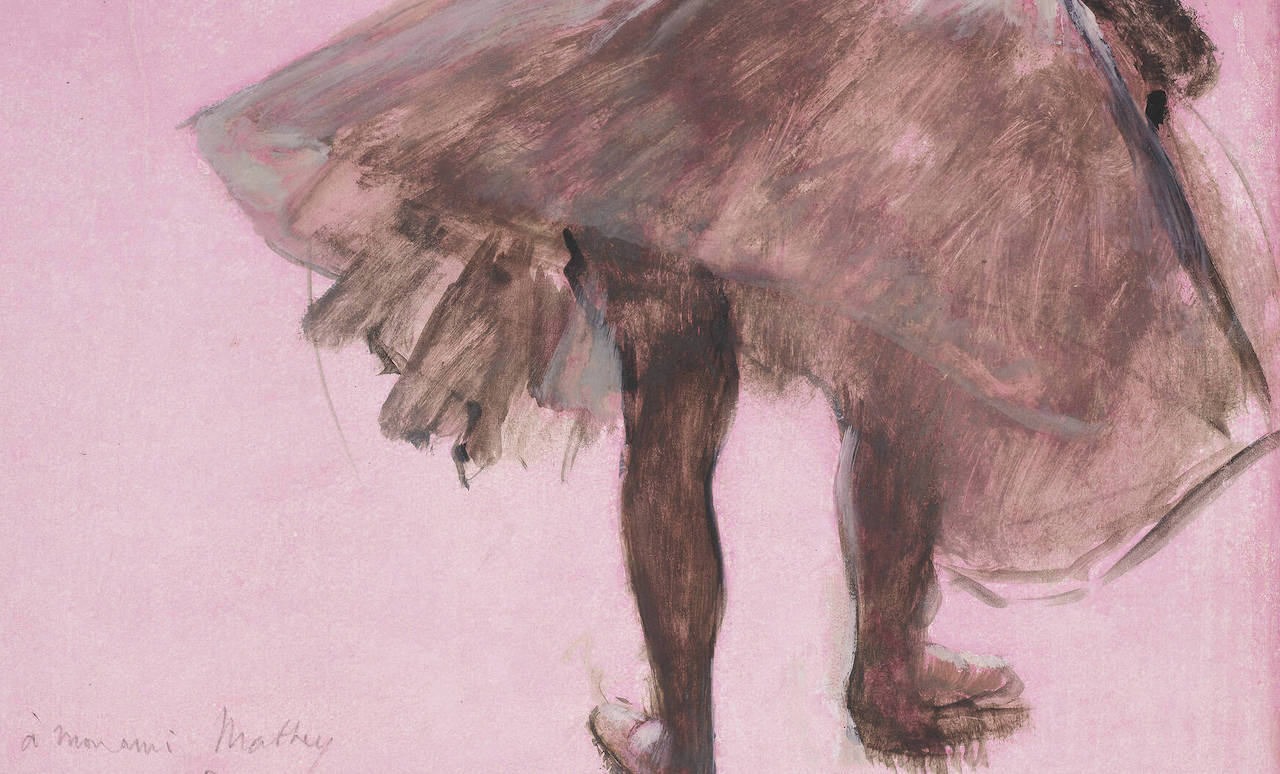Impressionists on Paper: Degas to Toulouse-Lautrec at the Royal Academy of Arts

Impressionists on Paper: Degas to Toulouse-Lautrec opens this week at the Royal Academy of Arts, with a remarkable selection of 77 works by almost all of the most celebrated Impressionists: Degas, Renoir, Monet, Cézanne, Gauguin, Van Gogh, Berthe Morisot, Mary Casset and some of the biggest talents who followed, are accompanied by few intriguing lesser-known names, such as Hippolyte Petitjean or Federico Zandomeneghi. Under the curation of Christopher Lloyd, a former Surveyor of the Queen’s Pictures, and Anne Dumas, the show offers a clear and somewhat persuasive argument: the 19th century saw a transformative approach to drawing. No longer confined to preparatory sketches, drawings emerged as a medium to capture the essence of modern life: passengers, urban tableaus, the opera, brothels, racecourses and the dance of light and shadow demanded an immediate, visceral artistic response. L’art a grande Vitesse – more suitable to what Baudelaire coined “the ephemeral, the fugitive, the continent”.
What could be a somewhat monotonous show is not thanks to the variety of mediums on display, from sanguine (red chalk), in a striking piece by Pierre-Auguste Renoir reminiscent of 18th-century French art, to black Conte crayon by Georges Seurat. The spirit of this time is brilliantly captured in a pastel by de Nittis, showing two women seen through a carriage window. It is a true snapshot, a fleeting vision of urban life. De Nittis’ fascination with Parisian traffic, we learn, led him to acquire his own carriage for the sole purpose of documenting the city in motion. Equally compelling is Manet’s sketch, which depicts pedestrians braving the rain on a lively Parisian street. It is a true “impression”, a fleeting vision of a time lost. Another highlight is Toulouse Lautrec’s sketch Les Deux Amies, capturing two Paris brothel workers. Lautrec painted a series of these intimate double portraits of his female friends in the sex establishments of Montmartre. These portraits are not of lascivious transaction – the women are depicted with empathy, their gazes interlocked in mutual understanding, as they turn away from the onlooker. These works, perhaps, eclipse even the renowned ballet dancers by Degas, whose gaze in comparison seems almost harsh.
What the exhibition does well, is present the innovative zeal of these artists who challenged the conventional palate of their time with passion and radical visions. Long gone is the Academic strive for perfection: paper is much better. It has a versatility, a swift grace. Yet, this insight isn’t particularly revelatory; the Impressionists’ penchant for sketching in open air and capturing fleeting scenes was recognised long ago. Could the show have gone a bit further? The variety of mediums – pastels, crayons, watercolours, charcoal – is impressive, yet there’s a sense that visitors may depart with only a superficial understanding of these artistic tools. The Royal Academy had the chance to deepen the educational aspect, exploring how the artists intricately manipulated these mediums to shape their artistic visions. Despite this, the exhibition’s brilliant selection of pieces is still worth a visit, offering a wonderful break from the more familiar Impressionist oil masterpieces.
Constance Ayrton
Impressionists on Paper: Degas to Toulouse-Lautrec is at the Royal Academy of Arts from 25th November until 10th March 2024. For further information visit the exhibition’s website here.























Facebook
Twitter
Instagram
YouTube
RSS